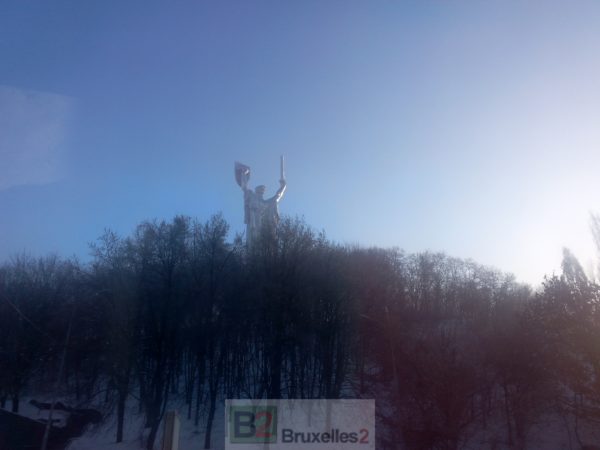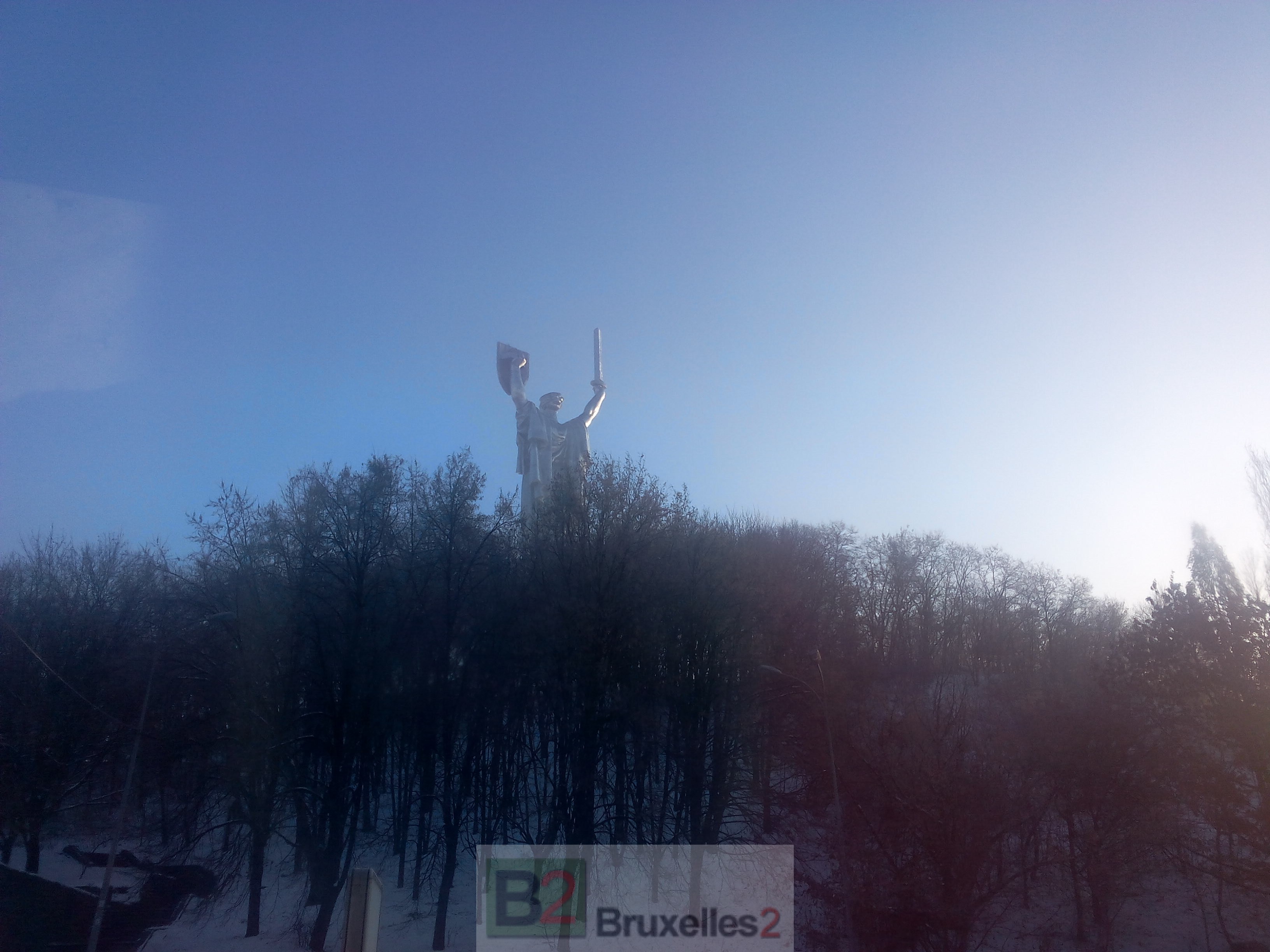The fighting in eastern Ukraine. A reality less simple than appearance

(BRUSSELS2 back from Kiev) In a very rehearsed discourse, the Ukrainian authorities often skilfully leave aside certain less clear aspects of Ukrainian action, such as the role played by the Ukrainian auxiliaries — the paramilitary "battalions" — and their own offensive military action, including bombardments, against pro-Russian rebels. Which thus shatters an image of "nice" Ukrainians being attacked. Officially the answer is: we don't shoot, we just fire back ". The reality seems a little less simple and can only be summed up in one word: what is happening in eastern Ukraine is a real war, with all the means employed, in a fairly classic way, on the ground , as in the rear, where the war of communication and propaganda is raging. Russia uses it skillfully. But we should not take the Ukrainians for angels either. With risks on both sides, for Europeans too...
Bombardments with heavy, very heavy weapons
This impressive vagueness clears up when we hear witnesses returning from the combat zone. " Ukrainians shelled Donetsk with heavy weapons “Said a European expert, who was present on the ground, and whom B2 was able to question. 120 mm, 152 mm, BM 21 (Grad-type rocket launchers, mounted on trucks) are used, Uragan systems (220 mm) as well as SS21 (ballistic missiles) are present. And the losses suffered are “ Lourdes. Many " heavier than those shelled every day by the head of Ukrainian security according to our interlocutor.
The aid of the Russian intelligence services to the rebels
The offensive carried out in August by the Ukrainian forces was thus largely unprepared. The separatists waited resolutely. And they went on the counter-offensive when they had the advantage, destroying a full battalion of Ukrainian auxiliaries in the process. Aided by drones and intelligence from the GRU (NB: the General Intelligence Directorate of the General Staff of the Russian Armed Forces), they thus have information and analyzes that the Ukrainian army does not automatically have. wisely attacking. The auxiliary "Cossack" forces are, on the other hand, more or less out of control. Explanation from an expert: The Russians no longer resented Rostov-on-Don and expelled them to Ukraine, found them a "playground" ”.
human shields
The taking of hostages is thus not always a bargaining chip. But a backup guarantee. When the OSCE hostages were taken, the kidnappers displayed the captured vehicle in front of the premises where the observers were being held. A rather unusual rule among kidnappers concerned about discretion. The reason is simple " the prisoners served as protection against the bombardments ».
Irregular battalions, an auxiliary force in the East
The volunteer battalions, used by the Kyiv government, are " an experiment of the Ministry of the Interior explains to B2 Oleg Anatoliyovych, former colonel of the prison service and member of the new council of independent experts set up by the Minister of the Interior. It is thus part of the most active forces of Maidan, which finds itself engaged in the East. In a certain way, this makes it possible to find a utility for organizations, " often coming from extreme right, even neo-fascist movements, which continue their activity in a more Commitment ". This also made it possible to "relieve" kyiv from dozens of activists who threatened the government every day, and to have additional forces. The army cannot intervene within the borders. It is " well on one side but it's completely unstable “, explains our interlocutor.
A risk of instability on return
« The situation is totally abnormal continues Anatoliyovych. We have " a situation where these volunteer battalions have recourse to public fundraising by associations to equip themselves with specific equipment. " And " nobody can guarantee that, tomorrow, these battalions will not leave the area - described as an anti-terrorist operation (ATO) - to march on kyiv or another city”. " No one foresaw this scenario he says. Some battalion leaders are beginning to find a place of responsibility in Ukrainian society. A few were elected to the new Rada. Others join the police, like the deputy commander of the Azov battalion, Vadym Troyan, who has become commander of the police of the Kiev oblast (the region of Kiev without the city).
The presence of European fighters
Last factor of concern, which could here concern Europeans more directly. A few dozen European citizens are fighting on the side of the separatists, some others on the Ukrainian side. The phenomenon is quite limited. Without constituting a network as numerous as that existing in Iraq, against the Islamic State, it nevertheless raises some concerns. Those who fight there come from different countries (France, Belgium, Spain, Italy) and find a paramilitary training and development ground says an expert on the subject. They could " on return, feed extreme groups “, whether they are from the far right or the far left. Because it is the particularity of the terrain, one could even say the soil of the Donbass, to facilitate bridges between the two extremes that pro-Russian solidarity brings together.
(Nicolas Gros-Verheyde)
